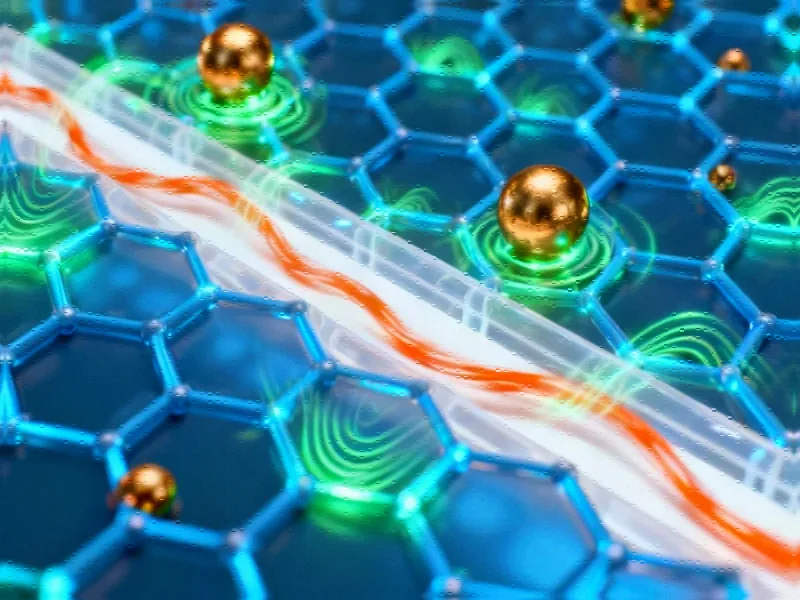Breakthrough in Microrobotic Systems
Researchers from Chemnitz University of Technology and the European Centre for Living Technology have achieved a significant milestone in microrobotics by developing origami membranes that autonomously fold into cube-like structures. These innovative microrobots represent a leap forward in self-assembling systems capable of forming increasingly complex architectures without external intervention. The technology demonstrates remarkable potential for applications ranging from medical interventions to environmental monitoring, where autonomous operation is paramount.
Advanced Component Integration
The interior surfaces of these microrobots incorporate rigid microcomponents, including silicon chiplets for computational processing and micro-light-emitting diodes (μLEDs) for optical communication. Meanwhile, the edges feature rolled organic solar cells that enable omnidirectional energy harvesting, achieving maximum power outputs of 37.5 μW. This sophisticated integration of heterogeneous components was made possible through optimized flip-chip bonding techniques applied to various thin-film and hydrogel substrates.
The manufacturing process leverages automated lithography and microchiplet bump-binding methods, ensuring both scalability and cost-effectiveness for mass production. These advanced manufacturing techniques represent a critical enabler for the broader adoption of microrobotic systems in industrial applications.
Autonomous Operation and Communication
The harvested solar energy proves sufficient to power two crucial functions: propulsion through water electrolysis and optical communication via green μLEDs. The microrobots demonstrate impressive data transmission capabilities, achieving rates up to 1,000 Hz across distances of 4 millimeters. This communication protocol enables coordinated behavior among robot collectives, allowing them to function as cohesive systems rather than individual units.
These developments in autonomous systems coincide with other related innovations in distributed computing and AI integration that are transforming how systems operate independently across various sectors.
Industrial Applications and Implications
The potential applications for these self-assembling microrobots span multiple industries. In manufacturing, they could enable autonomous quality control systems that adapt to production line changes. In logistics, similar principles might revolutionize inventory management through dynamic self-organizing systems. The technology’s ability to operate independently while maintaining communication aligns with broader industry developments toward increasingly autonomous industrial processes.
As these systems evolve, their integration with existing industrial infrastructure will be crucial. Current market trends in operating system transitions and security implementations highlight the importance of compatibility between emerging technologies and established platforms.
Future Development Trajectory
The research team’s work establishes a foundation for increasingly sophisticated autonomous systems. Future developments will likely focus on enhancing energy efficiency, expanding communication ranges, and improving the complexity of structures that can be self-assembled. These advancements parallel other recent technology testing methodologies that stress system capabilities under demanding conditions.
The reliability of such autonomous systems becomes increasingly important as industries face challenges with infrastructure stability, as evidenced by global internet services experiencing disruptions that highlight the need for resilient, decentralized systems.
This breakthrough in microrobotic communication and self-assembly represents a significant step toward truly autonomous industrial systems capable of adapting, communicating, and functioning without continuous human supervision. The integration of energy harvesting, processing, and communication within such compact form factors opens new possibilities for smart manufacturing, precision medicine, and environmental monitoring applications.
This article aggregates information from publicly available sources. All trademarks and copyrights belong to their respective owners.
Note: Featured image is for illustrative purposes only and does not represent any specific product, service, or entity mentioned in this article.



